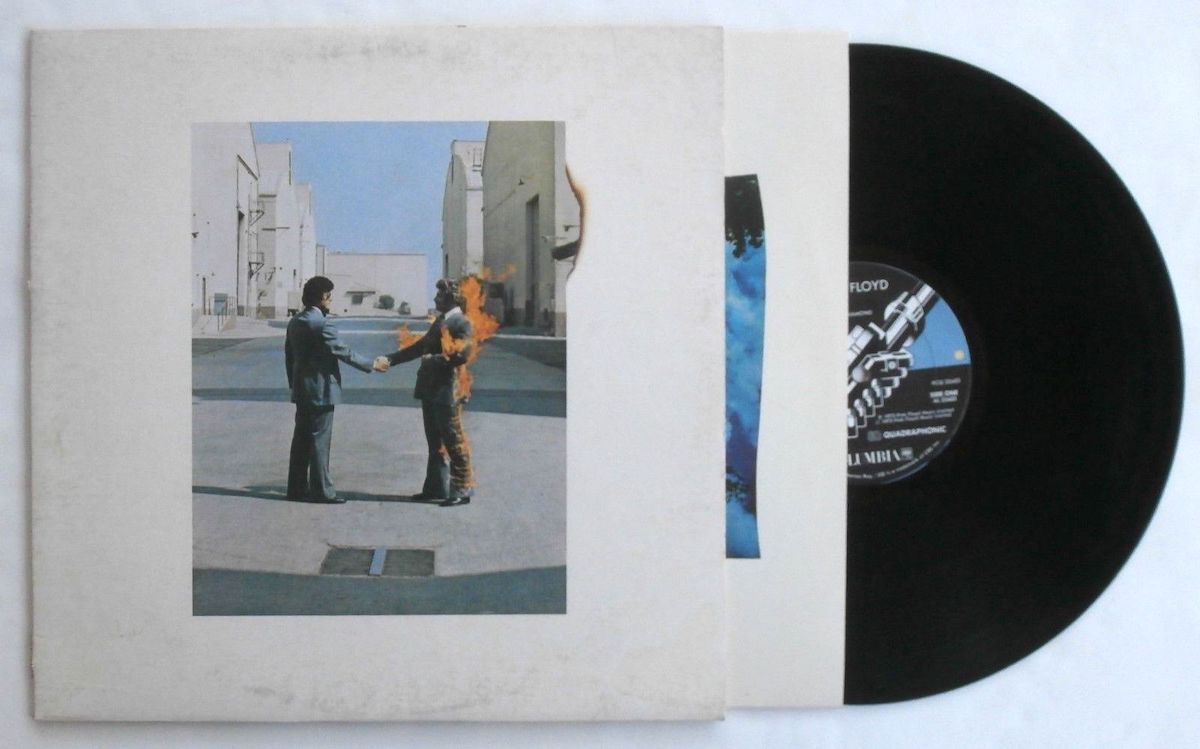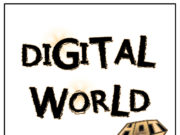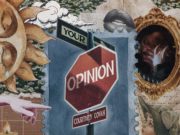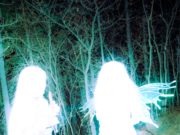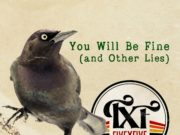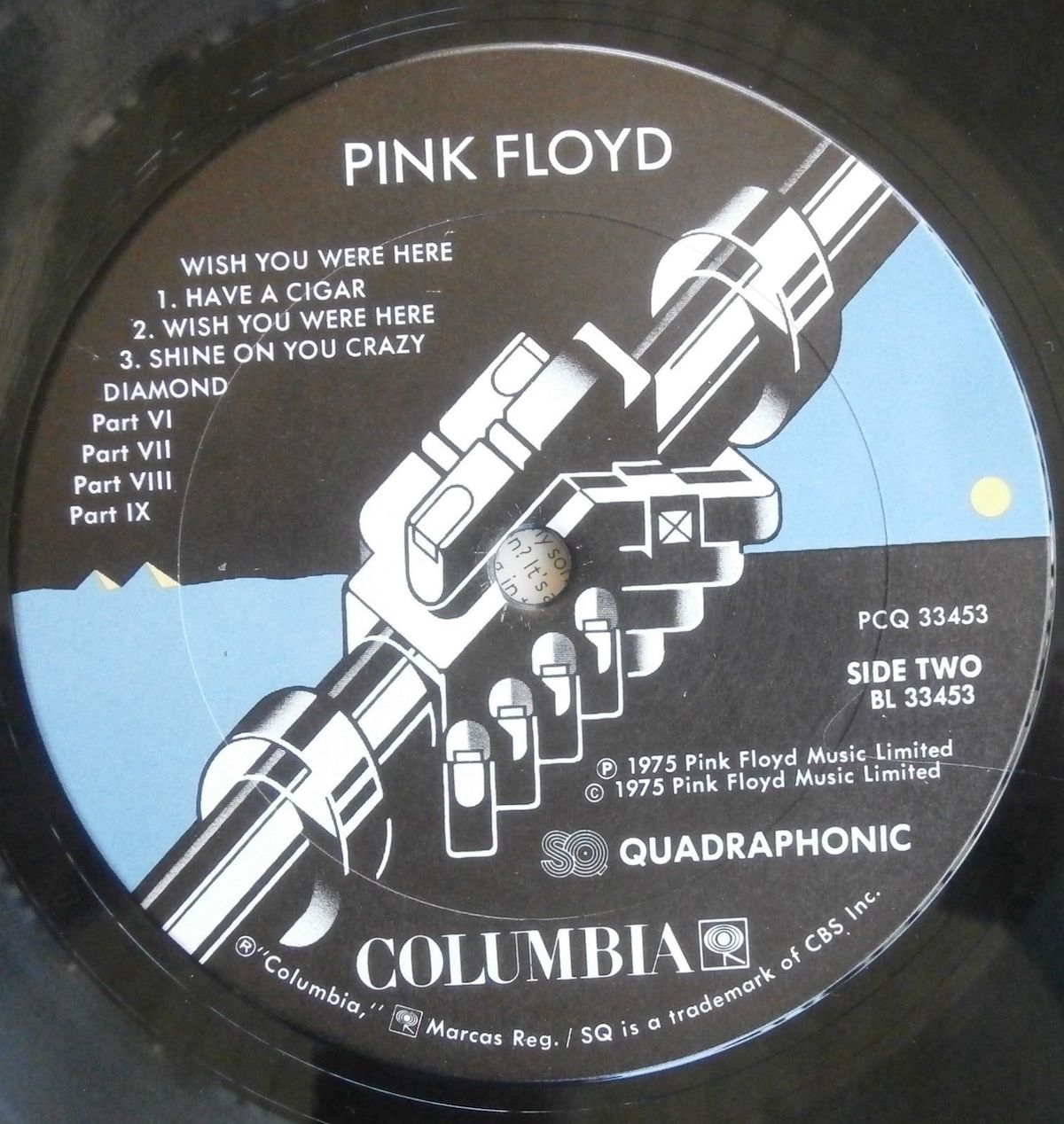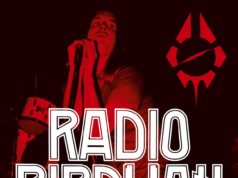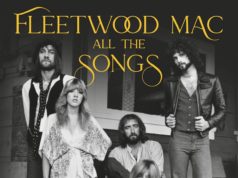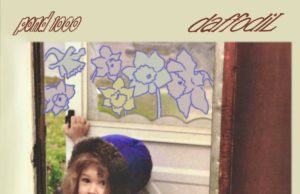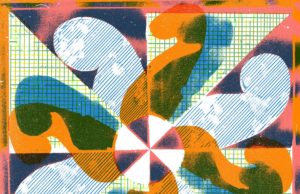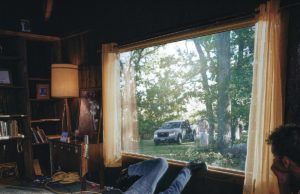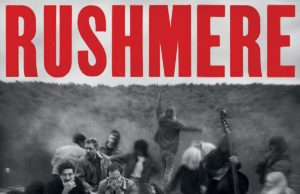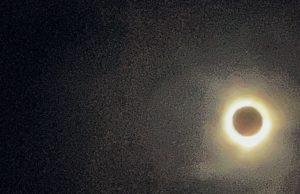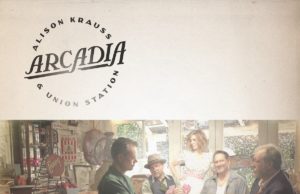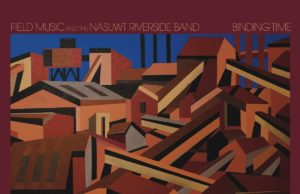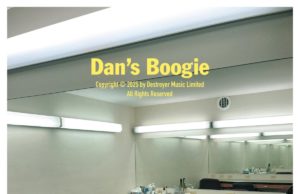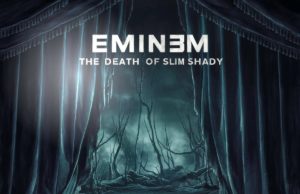If you’ve spent any time lurking around this place, you’ve probably come across music by Area Resident. And you’ve probably been as impressed as I am — by both the quality and quantity of his output.
The prolific Ottawa indie-rock singer, songwriter, multi-instrumentalist and producer has written and recorded half a dozen outstanding albums in as many years — mostly alone and in his basement. Even more impressive: When he’s not doing that, he’s a full-time journalist. And as you might expect, he’s a lifelong music nerd and record collector with encyclopedic knowledge, deep shelves and an unhealthy obsession with beloved old formats like quad and 8-track. After I premiered his most recent release, I told him that if he ever wanted to write something for the site, I’d be happy to run it. I expected him to ignore me or politely decline; instead, he sent me this column the next day. I sincerely hope it’s the first of many. Without further ado, allow me to introduce you to Area Resident’s Stylus Counsel. Today: Our hero bravely wades into the cool quadraphonic waters of classic Pink Floyd. Enjoy.
I think we were in Grade 8 or so when we started to notice ourselves skimming the bottom of the barrel when it came to classic rock-era bands.
One of my friends actually had a plan to try to avoid listening to Physical Graffiti, because he wanted to save something. Led Zeppelin was over and he knew the rest of the catalog off by heart — who played what, where and how it was recorded, when the piano came in during the outro, what instruments were used, etc etc etc.
We’d already sought out and finished with some of the less-popular releases from bands with bonafide classics we were first introduced to. For example, getting to know Stormbringer, Cahoots, Wild Life or Technical Ecstasy.
Essentially, I’d pretty much memorized the Harmony Encyclopedia of Rock and heard it all by the time I was 18. That’s when grunge came along and I was off to plaider pastures.
So imagine my surprise when I discovered my favourite classic rock band had released official, proper, mainstream music I’d never heard. We’re talking about Pink Floyd here — a band whose entire catalog I owned by age 15.
Floyd put out quadraphonic versions of three of its albums — Dark Side of the Moon (1973) was the first, which engineer Alan Parsons mixed for quad when it was being made. Wish You Were Here (1975) was the next album to be mixed for quad, I believe one year after its release. Finally, a quad mix was also later done for Atom Heart Mother (1970).
All of these are available as SQ-coded quadraphonic vinyl records, or discrete quadraphonic 8-track cartridges. Those carts are extremely expensive and scarce because they are true quad — unique or “discrete” signals sent to each of the four speakers. These 8-tracks only have two programs instead of four, so there’s no ka-clunking to a different program in the middle of a song like most carts.
With the exception of quad reel-to-reels, the closest thing to the sound of quad 8-tracks was Q4 quad vinyl records which require a high-end Shibata or similar stylus to play as well as a demodulator. SQ just needs a decoder and four speakers.
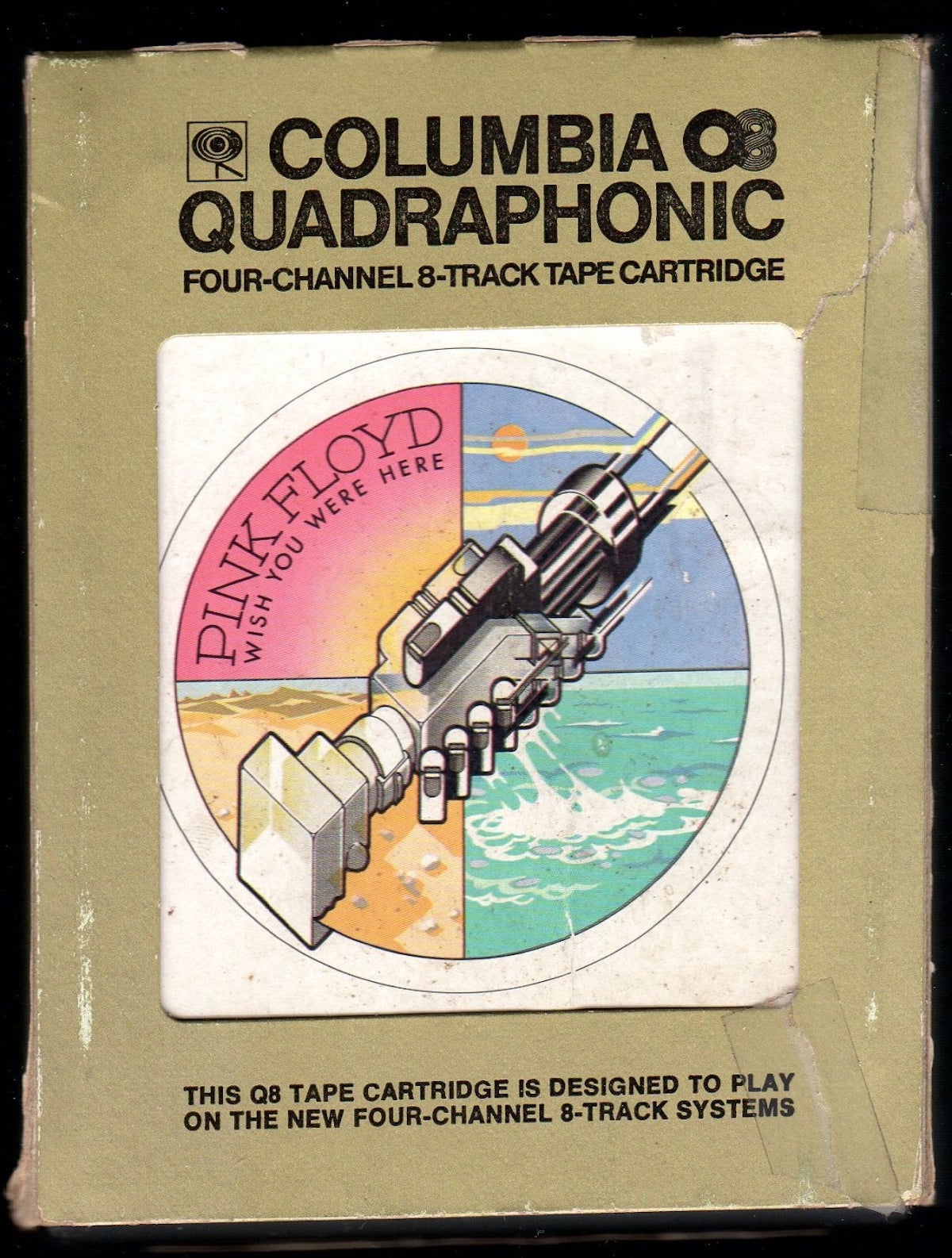
This past fall, I managed to cobble together a vintage system which will play all of these formats, except reel-to-reel. My partner says we have greater priorities before one of these takes up space in our front room.
So, here’s where it got exciting for me. I found Wish You Were Here and Dark Side of the Moon on Marketplace. Wish You Were Here is the one you want. It’s actually stunning, and I’m prepared to say you have not really heard this album until you have heard the quad mix.
There are things you have never heard before. Most of the people I know can probably sing the title track word for word. But they haven’t heard the lap steel solo in it before. There is one. It comes in at 2:58, after the first chorus, ending at 3:29 before the “how I wish” part. This solo takes the place of the doo-doo pseudo scat thing David Gilmour does.
The other extra bit can be found at the end of Side 1. The quad record has an extra track, of sorts — very similar if not exactly the same as the end of Side 2. It’s the extro of Shine On You Crazy Diamond Part IX where Rick Wright does a sweet little lick of See Emily Play as a tribute to his former bandmate Syd Barrett.
Aside from the stuff you truly haven’t heard before, there’s stuff you will be hearing very differently — like the synth machineworks at the start of Welcome To The Machine. The bass tones rumble the furniture in my front room. The sounds come at you from all sides. It’s quite cool and makes you smile even if you’re all alone. All of the little sound effects, licks and bits you’ve come to know from repeated listens over the years sound fresh — louder, shifted, quieter, or moving.
What a treat to get to hear something you love and know so well — for the first time, by going 40 years back in time.
Of course, these mixes are also included with the Wish You Were Here ‘Immersion’ box set in 2011, if that’s easier to acquire. I’ll stick to my originals from the ’70s — of which I now have a growing stack. We’ll get to some more of them here at Tinnitist next week in Stylus Counsel.
• • •
Area Resident is an Ottawa-based journalist, recording artist, music collector and re-seller. Hear (and buy) his music on Bandcamp, email him HERE, follow him on Instagram and check him out on Discogs.
